
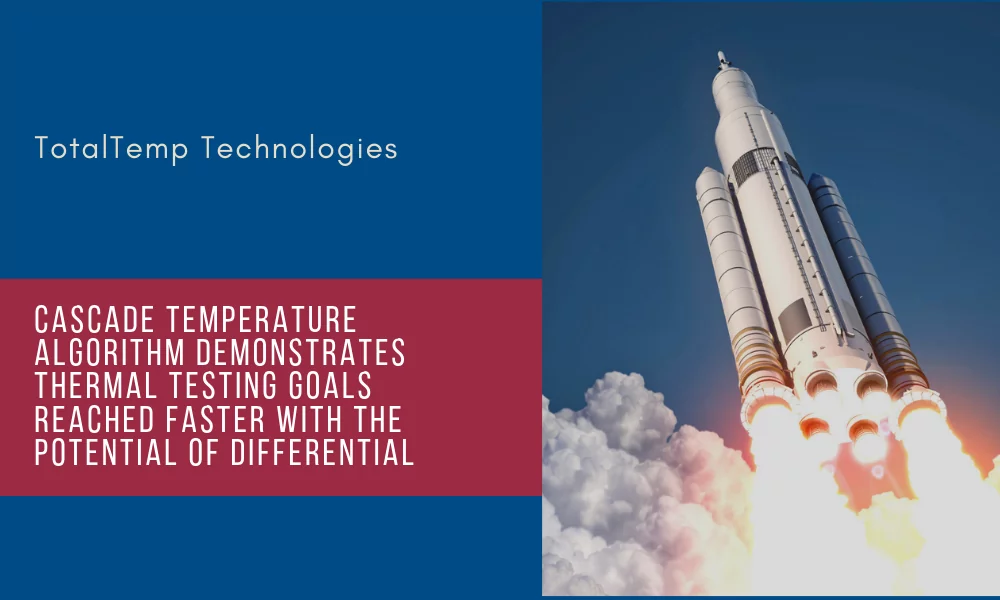
Having a specific requirement to test a product to a given temperature profile, how does one show that the actual temperature requirements are being achieved?
Many times, there are parts of a device to be tested that have different heat capacities and also possible active load heat sources. A single-point temperature control algorithm can have trouble effectively dealing with these variables. Additionally, while it may be tempting to say that a temperature setpoint has been achieved when the numbers on the display panel reach the desired value. – Without diving into the mathematics, being aware of a couple of the basic aspects of heat transfer help understand the problems at hand and achieve the best results:
1) Heat transfers more effectively when the heat source has a greater difference from the point of interest.
2) Convection heat transfer works a lot better when there is plenty of airflows. Truth is, many inexpensive temperature chambers have very low airflow. Air achieves the needed temperature fairly quickly but devices in the airflow, especially if they have any substantial mass or are in the shadow so to speak of another part will take a long time to reach the required temperature.
3) Heat transfer by conduction will always be faster.
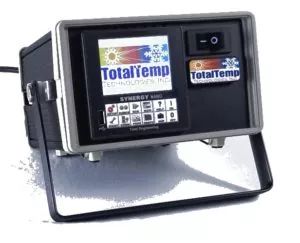
Many of the better modern temperature controllers now have the built-in capability to read two or more temperature probes. When you can identify a specific location in the part that is of special interest or proven to be a representative point that can be used to indicate that the temperature setpoint has been achieved, then Synergy Nano’s easy to use advanced temperature control algorithm can be used to improve the process as follows:
1) Allow temperature overshoot within specified limits to get the device to temperature more quickly (greater Temperature differential).
2) Verify when the temperature has been achieved removing unnecessary wait times.
3) Compensate for effects of active heat load, gradients, and latency in the device.
4) Provide recorded proof that proper testing has been done.
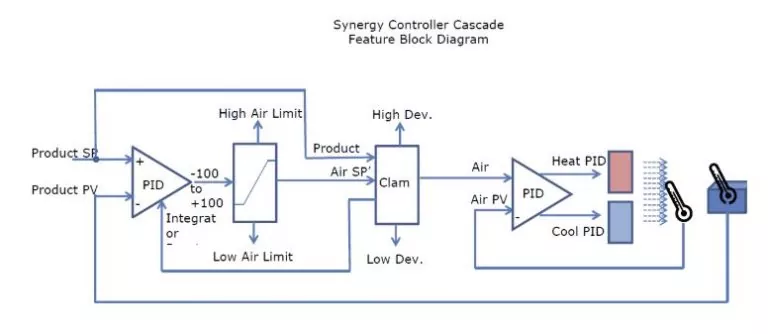 Advanced temperature control algorithms, now commonplace with better temperature controllers allow precise control of the Chamber or Thermal Platform temperature in order to get any specific location within the controlled zone to the required temperature. Active heat loads or areas that are somewhat thermally isolated from the heating/cooling source are also easily dealt with. Direct access to a network printer or PDF makes a record of the completion of the temperature test as required without tedious data formatting.
Advanced temperature control algorithms, now commonplace with better temperature controllers allow precise control of the Chamber or Thermal Platform temperature in order to get any specific location within the controlled zone to the required temperature. Active heat loads or areas that are somewhat thermally isolated from the heating/cooling source are also easily dealt with. Direct access to a network printer or PDF makes a record of the completion of the temperature test as required without tedious data formatting.
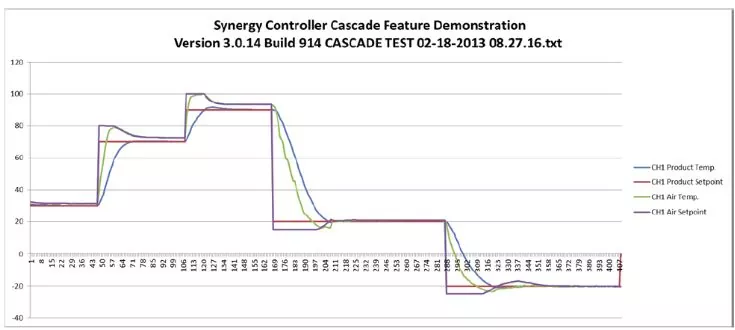
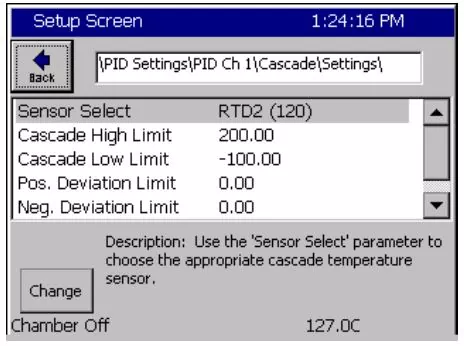
Parameter setting for DUT Temperature Control
As an additional step for improving thermal testing productivity, our dual-mode Hybrid Benchtop Temperature Chamber allows faster and more effective thermal testing of devices regardless of different heat capacity and active loads. It is simply a temperature chamber with both a thermal platform on the floor and a convection chamber. The Synergy Nano multi-zone temperature controller easily manages the temperature profile and reporting of results.
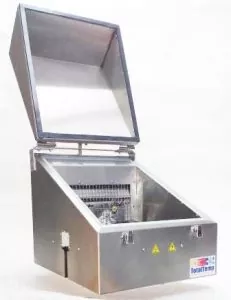
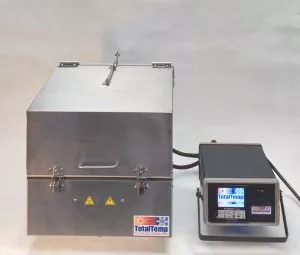
Hybrid Benchtop Temperature chambers
With this combination, customers report test times are actually cut in half.
Talk to the thermal experts at TotalTemp to find the best solution for your thermal testing needs.



















